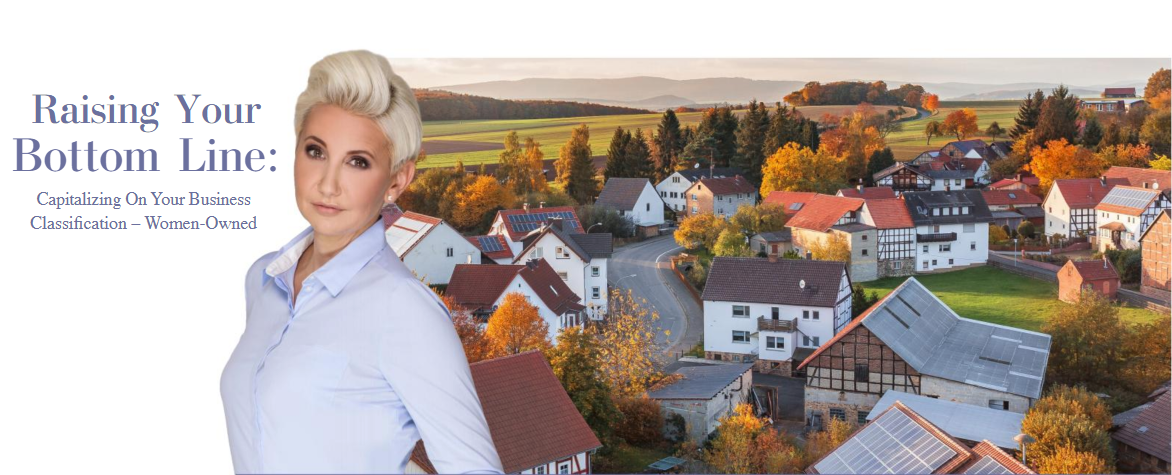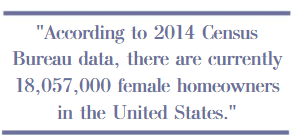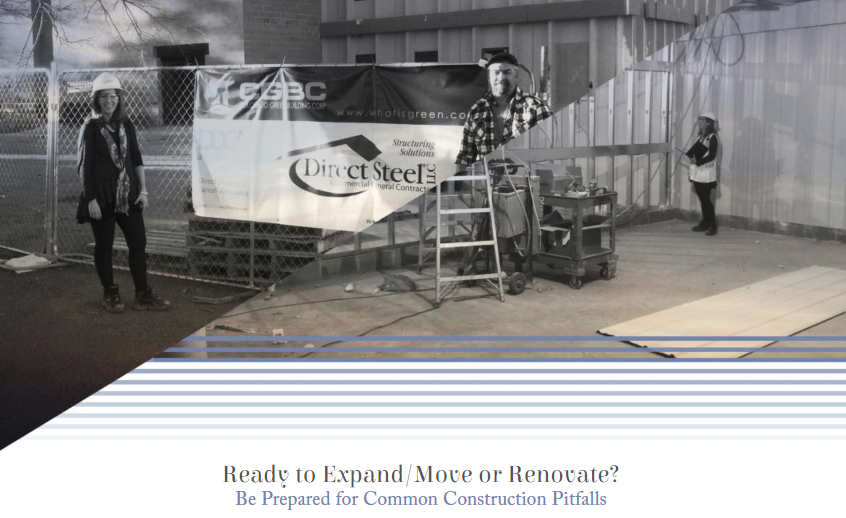America has long been crowned as the land of dreamers, the land of opportunity, and if you work hard enough and remain diligent, there is nothing you can’t achieve. The wealth is in land and labor, and it’s that which accumulates, you can control, and pass on to the next generation. Black people are not very active in the home buying market today and the likelihood of changing this outlook is bleak. As the Pew Research Center reports, in 1994, 42.3 percent of black households owned their homes; in 2016, their homeownership rate is 41.3 percent. The dream of homeownership is fleeting for black households stemming from being a historically disadvantaged group. As we look at the effects of the foreclosure and unemployment crisis resulting from the Great Recession, an optimistic outlook is hard to find.
In examining the contributing factors and consequences of the 2007-2008 foreclosure crisis, the ramifications of housing discrimination against black householders, then and now, remain virtually unchanged. With the influx of stable employment and easily accessible mortgages, many Blacks were able to participate in the American dream of homeownership. But with the ease and accessibility of ownership came subprime loans, manipulated interest rates and overpayment of homes. It was a ticking time bomb.
Across the nation, black homeowners were disproportionately affected by the foreclosure crisis, with more than 240,000 of them losing their homes. In a 2014 article investigating the foreclosure crisis, Nathalie Baptiste presents staggering facts regarding the deterioration of black wealth. She states that the foreclosures affected blacks of all income brackets, and high-earning blacks were 80 percent more likely to lose their homes than their white counterparts.
Continue reading

 Login
Login

























 Enacted by section 8(m) of the Small Business Act, the Women-Owned Small Business (WOSB) Program authorizes Federal contracting officers to limit competition for Federal contracts to qualified Women-Owned Small Businesses (WOSBs) or Economically Disadvantaged Women-Owned Small Businesses (EDWOSBs), in select industries.
Enacted by section 8(m) of the Small Business Act, the Women-Owned Small Business (WOSB) Program authorizes Federal contracting officers to limit competition for Federal contracts to qualified Women-Owned Small Businesses (WOSBs) or Economically Disadvantaged Women-Owned Small Businesses (EDWOSBs), in select industries.

 Women-owned businesses account for nearly 1.5 trillion dollars in revenue, and female entrepreneurs employ over 7.9 million people in the U.S. With such striking statistics, it’s easy to see how women are leading the way in job creation and having a major economic impact. Women are a true inspiration in my work every day, and I believe technology continues to be a catalyst in helping them achieve even more.
Women-owned businesses account for nearly 1.5 trillion dollars in revenue, and female entrepreneurs employ over 7.9 million people in the U.S. With such striking statistics, it’s easy to see how women are leading the way in job creation and having a major economic impact. Women are a true inspiration in my work every day, and I believe technology continues to be a catalyst in helping them achieve even more. CINDY BATES
CINDY BATES